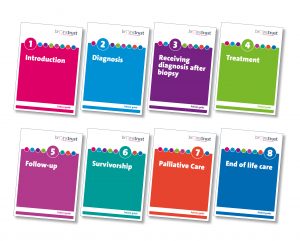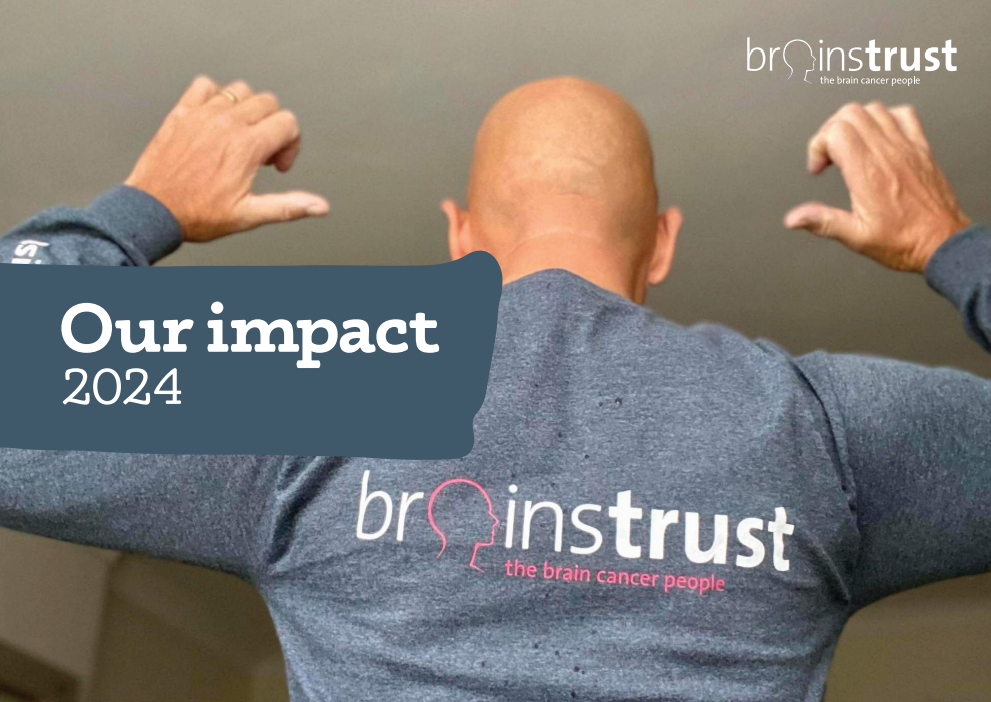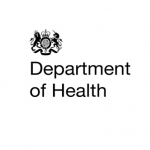brainstrust Patient Guides receive NICE endorsement
We’re proud of our resources. We know how important it is for people diagnosed with a brain tumour to have reliable, trustworthy information, which is why all of our health information is Information Standard accredited. When you’ve got the information you need, you can make the right decisions for your situation.

NICE: National Institute for Health and Care Excellence
NICE’s role is to improve outcomes for people using the NHS and other public health and social care services. Applying for a NICE endorsement for our Patient Guides was an opportunity to have one of the most respected and internationally recognised clinical organisations review our work and give us its seal of approval, over and above the Information Standard.
What does this mean?
Well, you will now see the NICE endorsement statement on all of our Patient Guides. The resource will also be signposted to from the relevant NICE guidance web pages and listed on the NICE endorsement web page.
Most importantly it means that you can be reassured that the resource supports implementations of the relevant NICE guidance recommendations. Having this information in an easily accessible form means that patients, their caregivers and clinicians can have more informed conversations about treatment options and what is best for them.
We can say with absolute certainty that this resource is aligned with evidence based guidance and will be a real help to our community in understanding the treatment pathway.
You can find our patient guides here. If you’d like a hard copy email hello@brainstrust.org.uk
Production of brainstrust’s information is supported by the Anna Horrell fund. Anna, wife and mum, tragically passed away in August 2017 after a valiant fight against a glioblastoma. Throughout her life and her illness, she was an inspiration to us all, fighting bravely and cheerfully in the face of adversity. She was the beating heart of our family, and her loss left a hole in our lives that can never be replaced. In her incredible memory, we are passionate about helping others diagnosed with a brain tumour to navigate this most difficult of journeys.
Mike, Tom, Rebecca, Charlie & Sophie





